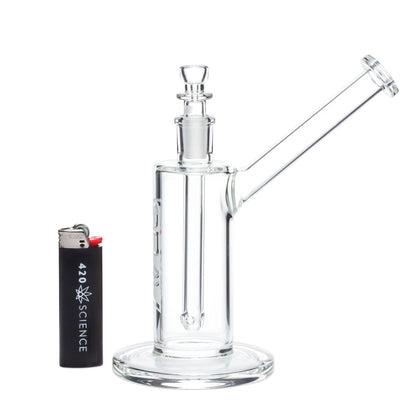
Recycling has become an integral part of sustainable practices for both individuals and organizations. Companies, in particular, play a crucial role in reducing waste and minimizing their environmental impact. When it comes to recycling, there are two main approaches: internal recycling and external recycling. While both methods aim to promote sustainability, they differ in their focus and scope. In this article, we will explore the differences between internal and external recycling, highlighting how each approach contributes to a greener future.
Internal Recycling: A Sustainable Solution Within Organizations
Internal recycling refers to the practice of recycling and reusing materials within the confines of an organization. This approach focuses on reducing waste generated internally and promoting a circular economy. Companies that adopt internal recycling measures often implement systems to collect and sort recyclable materials such as paper, plastic, and glass. These materials are then processed and transformed into new products or used again within the organization itself.

One of the primary advantages of internal recycling What is a Recycler Dab Rig? the cost savings it offers to companies. By reusing materials internally, organizations can reduce their reliance on purchasing new resources, leading to lower expenses. Additionally, internal recycling helps companies meet their sustainability goals by minimizing their carbon footprint and conserving natural resources. This approach also fosters a sense of environmental responsibility among employees, encouraging them to actively participate in recycling efforts within the workplace.
External Recycling: Promoting Environmental Responsibility Beyond Company Walls
External recycling, on the other hand, extends the recycling efforts of an organization beyond its own premises. It involves partnering with external recycling facilities or waste management companies to ensure proper disposal and recycling of materials. Through external recycling, companies contribute to the broader recycling ecosystem and support the development of a sustainable society.
One of the key benefits of external recycling is the ability to recycle materials that are not easily processed within the organization. Certain materials, such as hazardous waste or electronic waste, require specialized equipment and expertise for safe handling and recycling. By collaborating with external recyclers, companies can ensure that these materials are properly managed, minimizing the environmental impact associated with their disposal.
In conclusion, both internal and external recycling play crucial roles in promoting sustainability within organizations. Internal recycling focuses on reducing waste and reusing materials internally, leading to cost savings and a smaller carbon footprint. On the other hand, external recycling extends these efforts beyond company walls, ensuring the proper disposal and recycling of materials that are not easily processed internally. By adopting both approaches, companies can contribute to a greener future and demonstrate their commitment to environmental responsibility.



